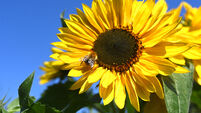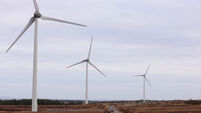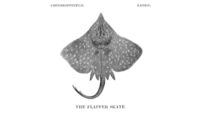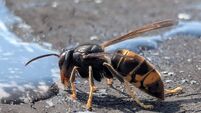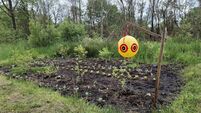Birds of Ireland: Manx shearwater
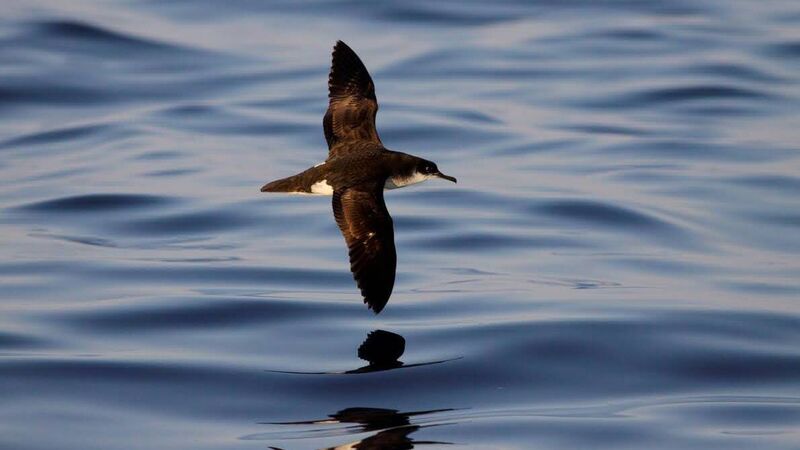
In flight, a Manx shearwater has stiff wingbeats — it glides on slightly bowed narrow wings, and it uses arching glides in windy conditions
A Manx shearwater is about 33-35 centimetres long with a wingspan of 78-82centimetres.
They are a common breeding species found at sea and by the coast here in spring, summer and autumn.
A Manx shearwater is a bit smaller than a rook and both sexes appear similar with black upperparts and a white underside.
In flight, a Manx shearwater has stiff wingbeats — it glides on slightly bowed narrow wings, and it uses arching glides in windy conditions.
They are often seen feeding with gannets and kittiwake, forming large flocks called 'rafts' on the water.
They will dive at a shallow angle from just above the surface when hunting. They are not usually seen close to land.

Where to see a Manx shearwater: Fulmars, petrels, and shearwaters spend most of their time on the open sea. Collectively known as 'tubenoses', they have specially modified beaks with an external tube or tubes linked to the nasal passages to improve their sense of smell, which they use to locate food and their breeding colony, and also salt for the excretion of excess salt through the tube or tubes.
The fulmar is the most familiar as it nests on sea cliff ledges all around the coast and it is hard to believe that it was only confirmed as breeding for the first time in Ireland in 1911.
Also in this group are petrels and shearwaters, which nest in burrows on remote islands, coming ashore only at night to avoid predators. They have poorly developed leg muscles for walking and are therefore vulnerable to attack on land.

- Featured in , (Gill Books) by Jim Wilson, with photographs by Mark Carmody
Jim Wilson is a wildlife writer, broadcaster, tour leader, and former chairman of BirdWatch Ireland. He has been involved in the study and conservation of birds in Ireland for more than 45 years, contributing to several major surveys and international projects.
Mark Carmody is an award-winning wildlife photographer, has a PhD in biochemistry and works as a European patent attorney.
Read More
CONNECT WITH US TODAY
Be the first to know the latest news and updates



